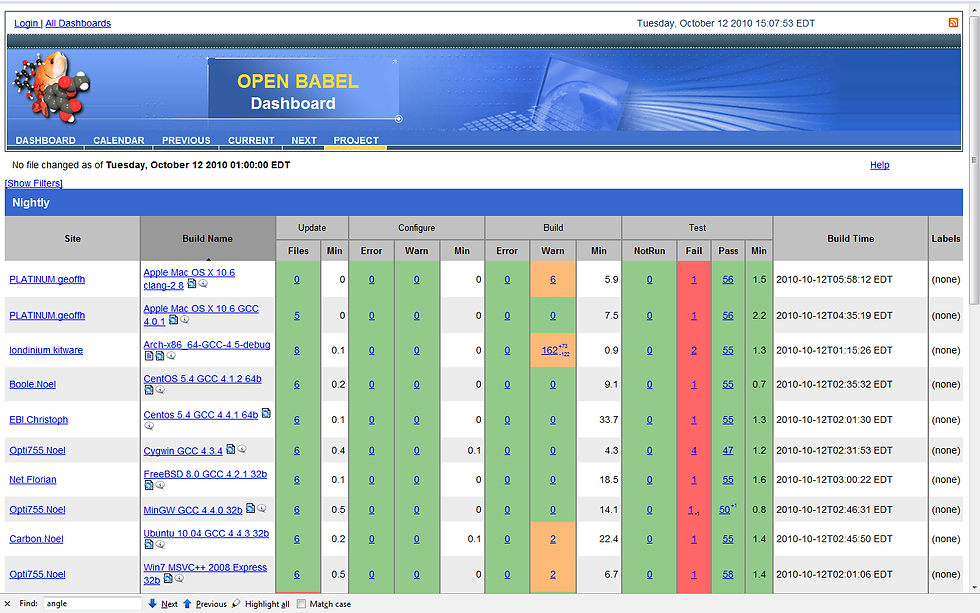CMake Portable Crack With Registration Code PC/Windows
- trujompossiforka
- May 19, 2022
- 3 min read

CMake Portable 7.9.0 Crack + PC/Windows (April-2022) Why should I learn to use a version control system? For the past couple of years, it has been clear that the average software development team is going to use a version control system. But there are still many people who have not yet taken the time to learn to use one. If you don’t learn to use a version control system, you could lose your source code to a website that’s going out of business or to another company that has a different set of coding practices. Also, your company could face legal issues if your source code is stolen. Why is it important to learn to use a version control system? One of the things that make the difference between the average software developer and the elite developer is their approach to version control. The elite developer has committed thousands of lines of code to version control, and therefore, they’re already confident that their code will always be there when they need it. Keep in mind that using a version control system is a time-consuming task. It’s not enough to just install the version control software. You have to learn to use the version control system, so you can put your code where it belongs. You have to learn to check out code from the repository, check it into the repository, fix a code bug, and check it back into the repository. You have to learn about merging branches and about preventing branch conflicts. Check out the options in this article, and choose one that you think will work well for your company. Case Study: I made it easy for you to find, install and use a version control system Choosing a version control system I’m going to give you some concrete advice about the best way to choose a version control system. First of all, though, it’s important that you know how version control systems work. If you know nothing about version control systems, you might not be able to choose the best one for your needs. This section describes how version control systems work and why you should use one. Many of the version control systems that I’m going to mention in this article work for multiple platforms, which means that you’re not tied to any single platform. That’s a really good thing if you plan on supporting your software on multiple platforms. As you decide on which version control system to use, there are several things that you need to consider: Do you plan to develop programs that are cross CMake Portable 7.9.0 1a423ce670 CMake Portable 7.9.0 Download PC/Windows A method used to mark code fragments that are also to be checked. The KEYWORD_ASM macro is designed for marking areas of code that should be checked for assembler code. To accomplish this task, you need to use the following syntax: KEYWORD_ASM(MYKEYWORD) FILES: file1.asm, file2.asm, file3.asm, file4.asm, DYNAMIC_KEYWORD_INIT CMAKE_SYSTEM_PROGRAM_PATH(MYKEYWORD) The function accepts two parameters: MYKEYWORD: The name of the assembler macro the path to the directory containing the compiler, which is included in the PATH variable CMAKE_SYSTEM_PROGRAM_PATH(MYKEYWORD) The function takes as an argument the name of a build property whose value will be used for marking the specified assembly. CMAKE_SYSTEM_PROGRAM_PATH() takes a list of all directories in the PATH environment variable, and the function replaces each of them with the name of the specified build property. Calling CMake with the DYNAMIC_KEYWORD_INIT option will have the effect of marking a number of assembler snippets with the MYKEYWORD variable that may be used for future static analysis. The snippets must be located in the assembly code of the library, which is usually the case for the macro used by the ... The keyword provides a means to manually mark a set of potentially troublesome fragments. The DYNAMIC_KEYWORD_INIT macro works like a marker that denotes a known section of a program, but the only difference is that this marker is not checked in the test of the macro itself. During the test of the macro, the assembler code is run first, and then the assembler is halted, which allows us to mark the part of the code we are interested in. This mark is cleared after the test of the macro, which is followed by the execution of the program. The macro requires some special preparation before it can be used. Below is an example of the usage of the DYNAMIC_KEYWORD_INIT macro: CMake Portable CMake Portable is a professional open-source application whose purpose is to help you What's New In? System Requirements: Gamestart A Bit Time A Bit Experience Tested On: i7 2.4ghz/8gb/win8 OS: Win 7 64bit Eletricity: 1.5 VGA 1.5 PSU 19.5V Power Regulator Windows: HDRIVE 32gb 1TB HDD (more is recommended) 4GB Ram Video Card: Intel HD 4000 4
Related links:

Comments